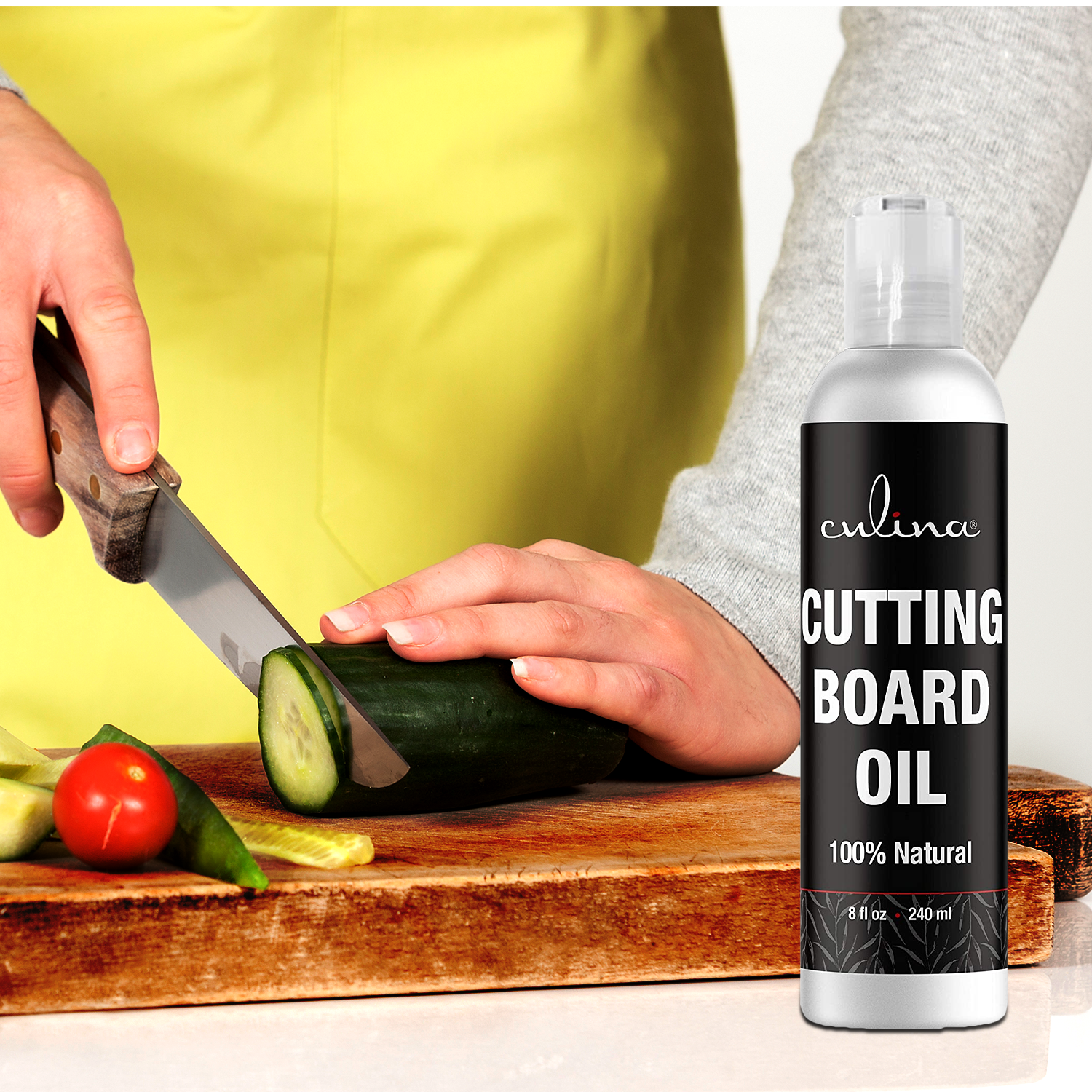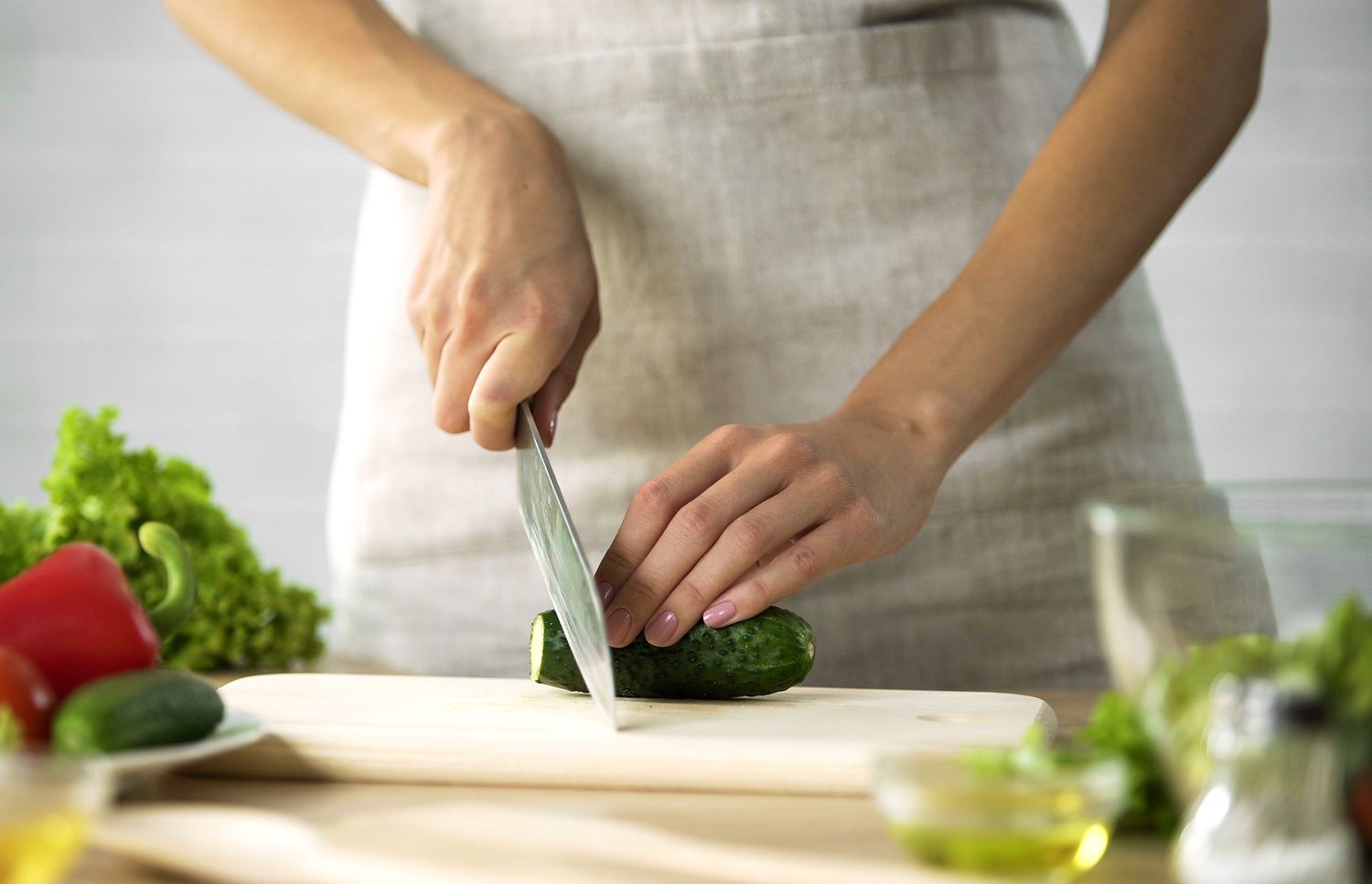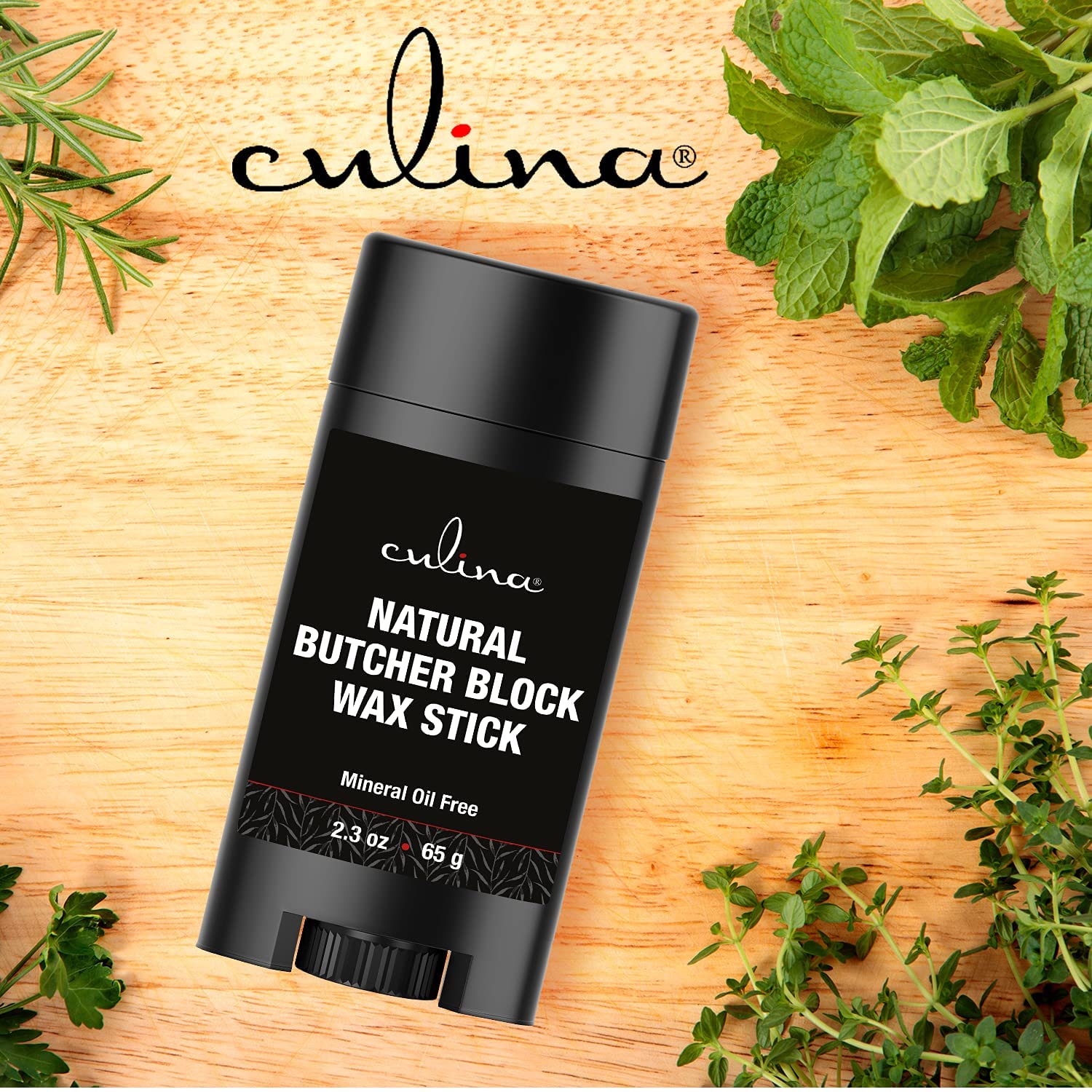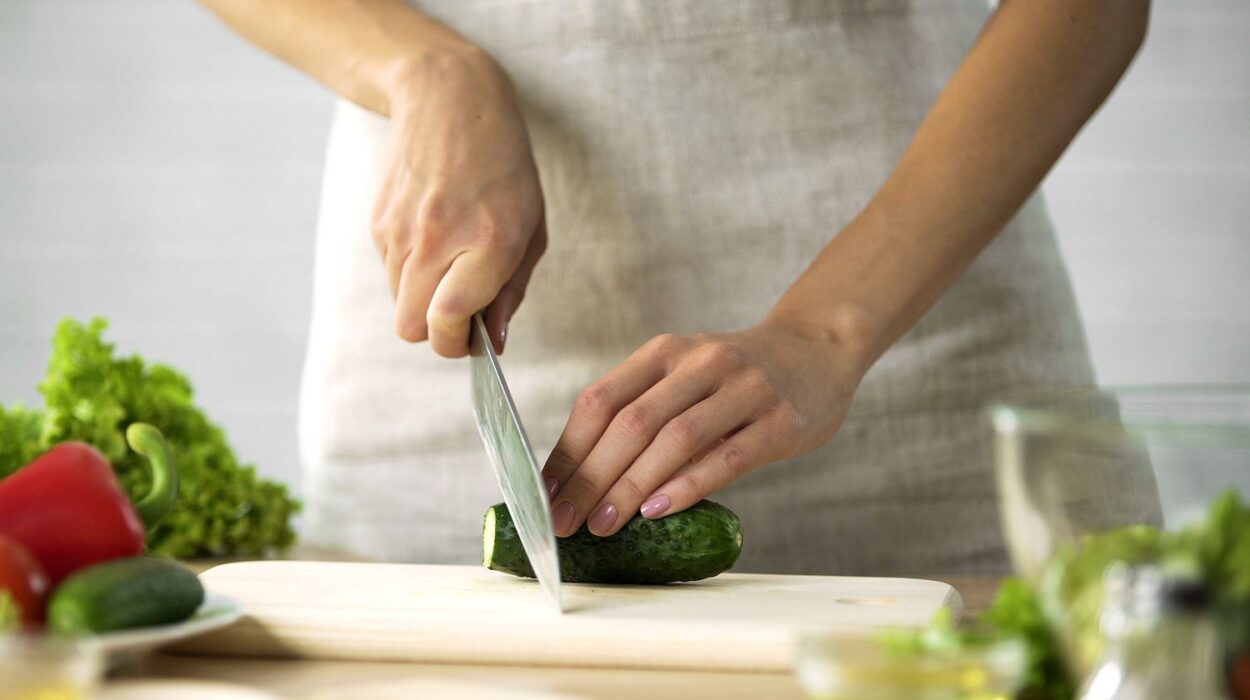When it comes to maintaining a high-quality kitchen, one often overlooked task is the proper care of your cutting boards. Knowing how to flatten a cutting board is a crucial skill for any kitchen professional or home cook. A warped cutting board can not only be a nuisance but also a safety hazard in your cooking environment. In this article, we will delve into the steps needed to achieve a flat cutting board and keep it in top condition.

Why Do Cutting Boards Warp?
Understanding the causes of warping can help you prevent this issue in the future. Cutting boards often warp due to exposure to moisture or drastic changes in temperature. When one side of the board gets wet or dried out unevenly, it can cause the entire board to change shape. This issue is particularly common with wooden cutting boards, which are more susceptible to these environmental factors than plastic or composite materials.

Materials Needed
- Sandpaper (various grits)
- Belt sander or orbital sander
- Clamps
- Flat, sturdy surface
- Mineral oil or cutting board conditioner

Preparing Your Work Area
Before you begin, it’s essential to set up a clean and stable work area. Ensure you have all your materials within reach, and that your work surface is flat and even. An uneven surface could make the problem worse instead of fixing it.
Step-by-Step Guide to Flattening a Cutting Board
Assess the Warp
Carefully examine your cutting board to understand the extent of the warp. Place the board on a flat surface and see if it rocks or if there are visible gaps between the board and the surface.
Sanding the Surface
Start with a coarse grit sandpaper to remove the high spots on the warped side of the board. Using a belt sander or orbital sander can speed up this process. Be sure to sand evenly across the surface to avoid creating a new uneven plane.
Clamping Technique
Once you have sanded down the high spots, you can use clamps to help flatten the board further. Place the board on your flat surface with the warped side up. Apply clamps at both ends and in the middle if needed, then leave it to set for a few hours or overnight.
Preventing Future Warping
Regular Maintenance
To maintain a flat cutting board, regular maintenance is essential. Periodically treating your board with mineral oil or a specialized cutting board conditioner can help keep the wood moisturized and less prone to warping.
Proper Cleaning
Avoid soaking your cutting board in water. Instead, it is recommended to clean your board with a damp cloth and mild detergent, then immediately dry it with a clean towel. For more specific cleaning tips, you can refer to this guide.
Storing Your Cutting Board
After cleaning, store your cutting board in a dry area where it will not be exposed to high humidity or direct sunlight. Storing boards upright can also help in preventing any warping.
Understanding Different Types of Cutting Boards
Wooden Cutting Boards
Wooden cutting boards are generally more prone to warping but provide a better cutting surface. They require more frequent maintenance but can last for years if properly cared for.
Plastic Cutting Boards
Plastic cutting boards are less likely to warp but may not be as durable as wooden ones. They are easier to clean and can often go in the dishwasher.
Using Professional Tools
For those with more experience or access to professional woodworking tools, consider using a jointer or planer for a more precise flattening process.
Jointer
A jointer can help in achieving a perfectly flat surface. It may require some skill to operate but offers excellent results.
Planer
A planer can be used to remove thin layers from the cutting board’s surface, providing a smooth and flat finish.
Dealing with Severe Warping
If your cutting board is severely warped, you may need to consider professional help. Taking it to a professional woodworker might be the best solution to save the board.
Frequently Asked Questions
Can I use household items to flatten my cutting board?
Yes, simple items like sandpaper and clamps can be used effectively to flatten your cutting board.
How often should I oil my cutting board?
It is recommended to oil your cutting board every 3-4 weeks, depending on usage.
What is the best wood for cutting boards to avoid warping?
Hardwoods like maple, walnut, and cherry are less prone to warping and are excellent choices for cutting boards.
For further information and detailed steps on various woodworking projects, consider visiting this external link.
As an Amazon Associate, I earn from qualifying purchases.


